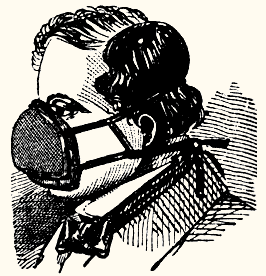- If the employer has not trained its employees as required under the new standard, whether the employer has scheduled such training,
- If the employer does not have the equipment required for compliance with the new standard, including personal protective equipment, whether the employer has ordered or otherwise arranged to obtain such equipment required for compliance and is taking alternative measures to protect employees from confined space hazards, and
- Whether the employer has engaged in any additional efforts to educate workers about confined space hazards and protect workers from those hazards.
- Subpart P Excavations.
- Subpart S Underground construction, caisson, cofferdams, & compressed air
- Subpart Y Diving
The standard requires the employer to comply with this standard and any other provisions that are required in other standards that apply to confined space hazards (i.e., welding).
Like most standards it begins with definitions (1926.1202). Most of them are again similar to the general industry standard. For example the definition of a confined space means a space that:
- Is large enough & so configured that an employee can bodily enter it;
- Has limited or restricted means for entry and exit; and
- Is not designed for continuous employee occupancy.
 |
| Confined Space Testing & Monitoring in Brooklyn |
Entry employer
means any employer who decides that an employee it directs will enter a permit
space. The note on this definition warns that the employer cannot avoid the
duties of this standard by refusing to decide.
OSHA will consider the failure to so decide to be an implicit decision
to allow employees to enter those spaces if they are working in the proximity
of the space.
The standard defines host
employer as the employer that owns or manages the property where the
construction work is taking place. This
definition also has a note that states if the owner of the property on which
construction activity occurs has contracted with an entity for the general
management of that property, and has transferred to that entity the information
specified in 1203(h)(1), OSHA will treat the contracted management entity as
the host employer for as long as that entity manages the property. Otherwise, OSHA will treat the owner of the
property as the host employer. In no
case will there be more than one host employer.
The general
requirement of the standard requires each employer (host employer, controlling
contractor, & entry employer) must ensure that a competent person
identifies all confined spaces…and identifies each space that is a permit
space, through consideration and evaluation of the elements of that space,
including testing as necessary.
Two interesting sections of the standard are 1926.1203(h) which dictates Permit Space Entry Communication & Coordination and 1926.1211 which dictates Rescue & Emergency Services. Permit Space Entry Communication & Coordination (Section 1926.1203(h)) spells out what is expected in the communication and coordination between the host employer, controlling contractor and the entry employer. While the Rescue & Emergency Services (1926.1211) spells out the requirements for an emergency/rescue service entity (1926.1211(a)) or if the entry employer will designate employees to provide permit space rescue and/or emergency services (1926.1211(b)).
According to OSHA
this new standard will improve safety and protect nearly 800 construction workers a year from serious injuries and reduce life-threatening hazards. Training requirements for entrants,
attendants, and supervisors are relatively the same as the general industry
standard. Give us a call and we can
provide this training, at your location or ours.


















